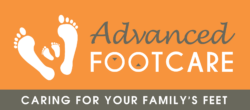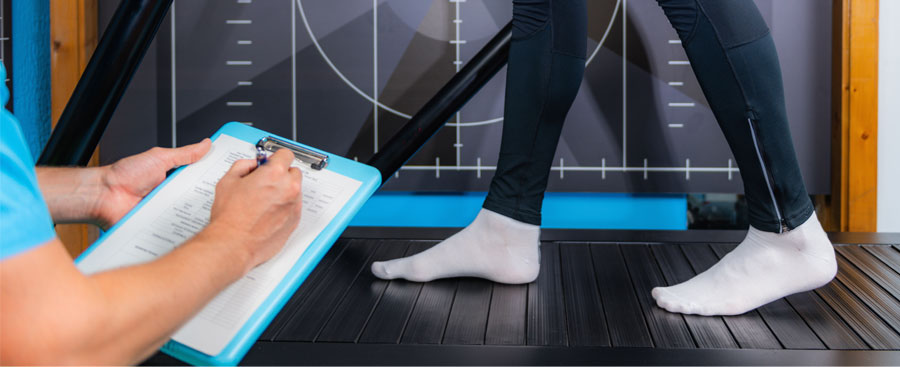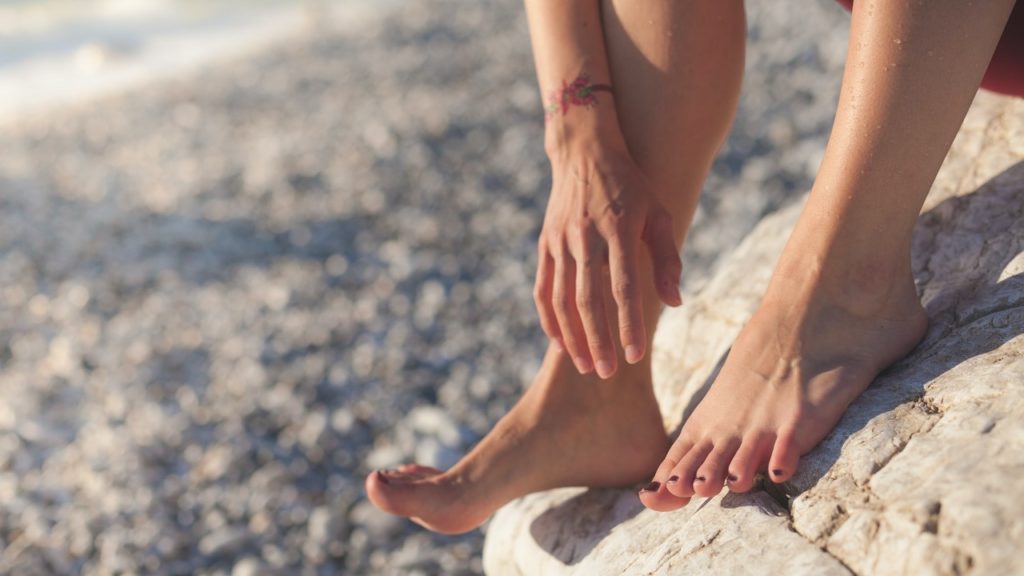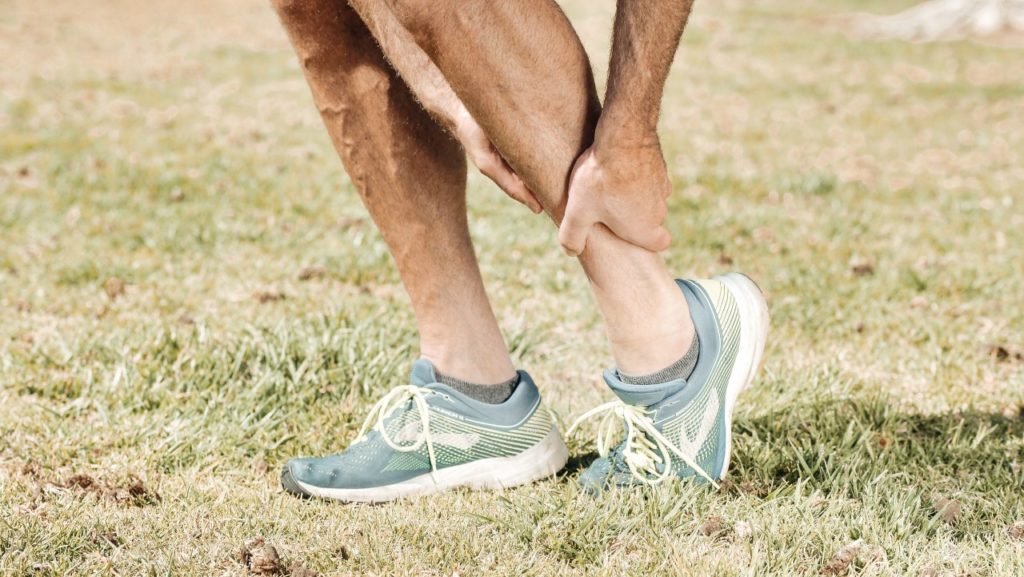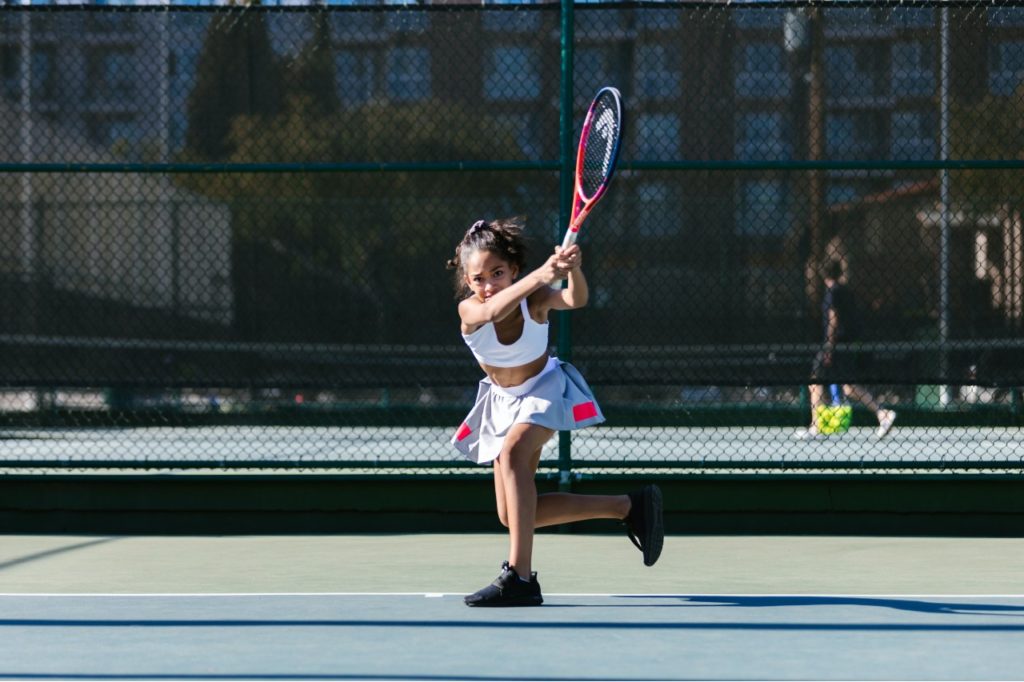By Aarti Kumar, DPM, AACFAS, DABPM
We often see pediatric patients in the office because parents are concerned with the way their children walk. Most commonly, parents describe their children as walking with their toes in or “pigeon toed”. Pediatricians are usually the first to hear of this concern and will recommend the patient for a podiatric gait evaluation.
In-toe gait refers to the turning in of the feet while standing and walking.
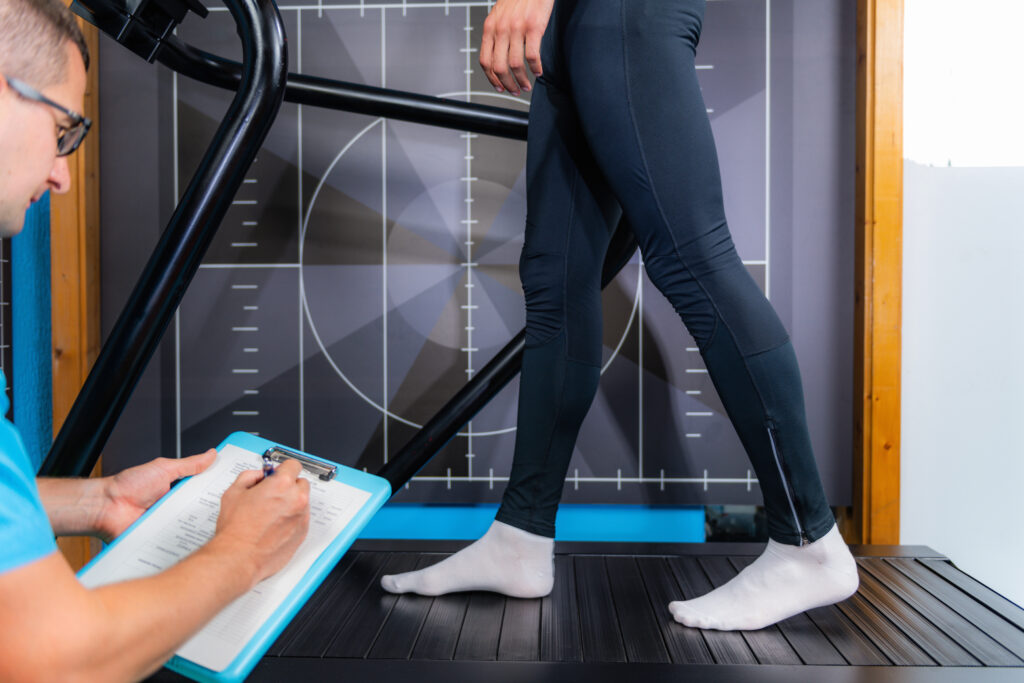
Most times it is not painful and parents are concerned with shoe wear or their child falling during activity because of the malalignment.
When it comes to evaluating in-toe gait, podiatrists will do a thorough examination in the office both walking and off weightbearing to see where the deformity is coming from. In-toe gait could come from the twisting of the thigh bone or femur, the leg bone or tibia or the long bones in the foot called the metatarsals.
Twisting of the femoral bone is called femoral anteversion and it can lead to the knees causing a “knock knee appearance” along with the feet looking in-toe. This is mostly due to tight hip ligaments which can be addressed with a lot of stretching and physical therapy. Rotation of the leg bone or tibia is known as internal tibial torsion which can come from developmental formation or the way toddlers sit-specifically in the “W position”. Finally, the long bones of the foot can be twisted in reference to the rearfoot known as metatarsus adductus. This is most common in babies/infants especially due to a tight in-utero position. If caught early, stretching and splinting is all that is needed to fix this.
In-toed gait is a common condition seen in the pediatric population but if it goes untreated, it can be seen in the adult population as well. The earlier any deformities are caught, the easier the treatment options are. Treatment options can vary from stretching, orthotics most commonly to change the gait pattern or surgical correction.
If you feel like you notice your child or yourself walking with your feet curled in, come into one of our offices and see our podiatrists for a biomechanical and gait examination.
